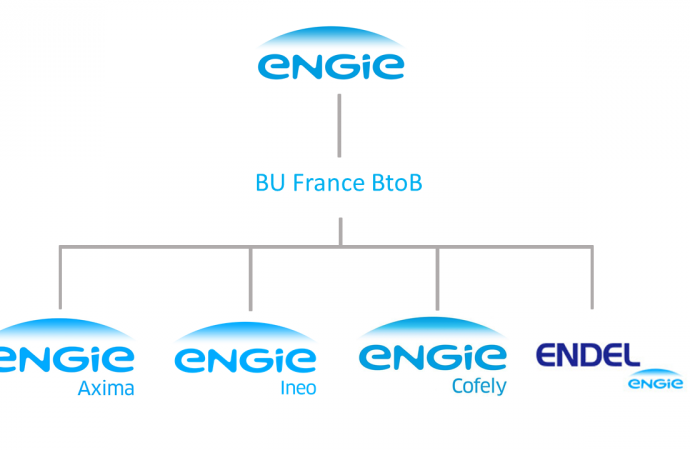The efficiency of the gas turbines being installed in many of today’s power plants depends on the temperature at which they operate. To address the problem of decreasing efficiency as ambient temperature increases, an Absorption Refrigeration Cycle Turbine Inlet Conditioning (ARCTIC) system has been developed. The system uses an ammonia absorption air-conditioning system, and has been shown to increase net output from 38.5 MW to 51 MW on a 100°F (38°C) day.

Two of the most common methods being employed for controlling the inlet air temperature in power plant combustion turbines are evaporative cooling and mechanical chilling. The former requires significant quantities of water, while the latter exhibits a large parasitic power consumption. However, an emerging technology that overcomes both these issues is an ammonia absorption cooling system, known as ARCTIC.
A three-year demonstration of the technology in Texas, has proven its worth in long-term operation, resulting in increases cold and hot weather performance of combustion turbines.
Absorption Refrigeration Cycle Turbine Inlet Conditioning (ARCTIC)
ARCTIC is an emerging technology that maximises the efficiency of combustion turbines. According to Energy Concepts Co., who designed the ARCTIC system together with team members Kiewit Power Engineers and Nooter/Eriksen, the benefits of ammonia absorption cooling over evaporative and mechanical cooling is as follows:
- Evaporative cooling: At 100°F (38°C) ambient temperature, evaporative cooling increases the output of a PC SPRINT model of a General Electric LM6000 to 44.6 MW (dependent upon humidity), with 2% degradation in heat rate (compared to the heat rate at 48F or 8.9°C).
- Mechanical compression: Chilling of the inlet air to 48F increases the output to 49 MW net, but the heat rate degradation increases to 5%.
- Absorption cooling: With ARCTIC, the net output of the LM6000 on the same 100F day increases to 51 MW, with no heat rate degradation.
Energy Concepts Co. say that the performance gain comes from using exhaust heat to produce the necessary chilling, thus avoiding roughly 2 MW in parasitic penalties for mechanical compression.
A standard skid-mounted ARCTIC unit can provide over 2,000 tons of chilling at 220 kW of auxiliary load. The ammonia inventory in the system is similar to that found in many cold storage warehouses and food processors, approximately 6,000 pounds (2700kg). However, it is important to note that the ARCTIC ammonia is diluted with about 8,000 pounds (3600kg) of water, and it contains no oil, making the solution less hazardous than anhydrous ammonia.
A standard skid-mounted ARCTIC unit can provide over 2,000 tons of chilling at 220 kW of auxiliary load. The ammonia inventory in the system is similar to that found in many cold storage warehouses and food processors, approximately 6,000 pounds (2700kg). However, it is important to note that the ARCTIC ammonia is diluted with about 8,000 pounds (3600kg) of water, and it contains no oil, making the solution less hazardous than anhydrous ammonia.
Energy Concepts Co., estimate only a small cost premium fro ARCTIC relative to a mechanical chiller of the same capacity.
How the system works
Briefly summarised the closed-cycle ammonia-based absorption-refrigeration system used in ARCTIC works as follows:
- Turbine exhaust warms an aqueous ammonia solution in heat exchanger coils.
- The ammonia is separated to produce a nearly pure vapour, which is condensed, reduced in pressure, and then allowed to expand within turbine inlet air cooling coils (TIAC) located in the inlet air stream.
- The pure ammonia discharge from the cooling coils is blended with the aqueous ammonia and is re-pressurized for return to the heat exchanger coils.
MORE INFORMATION
Related stories



